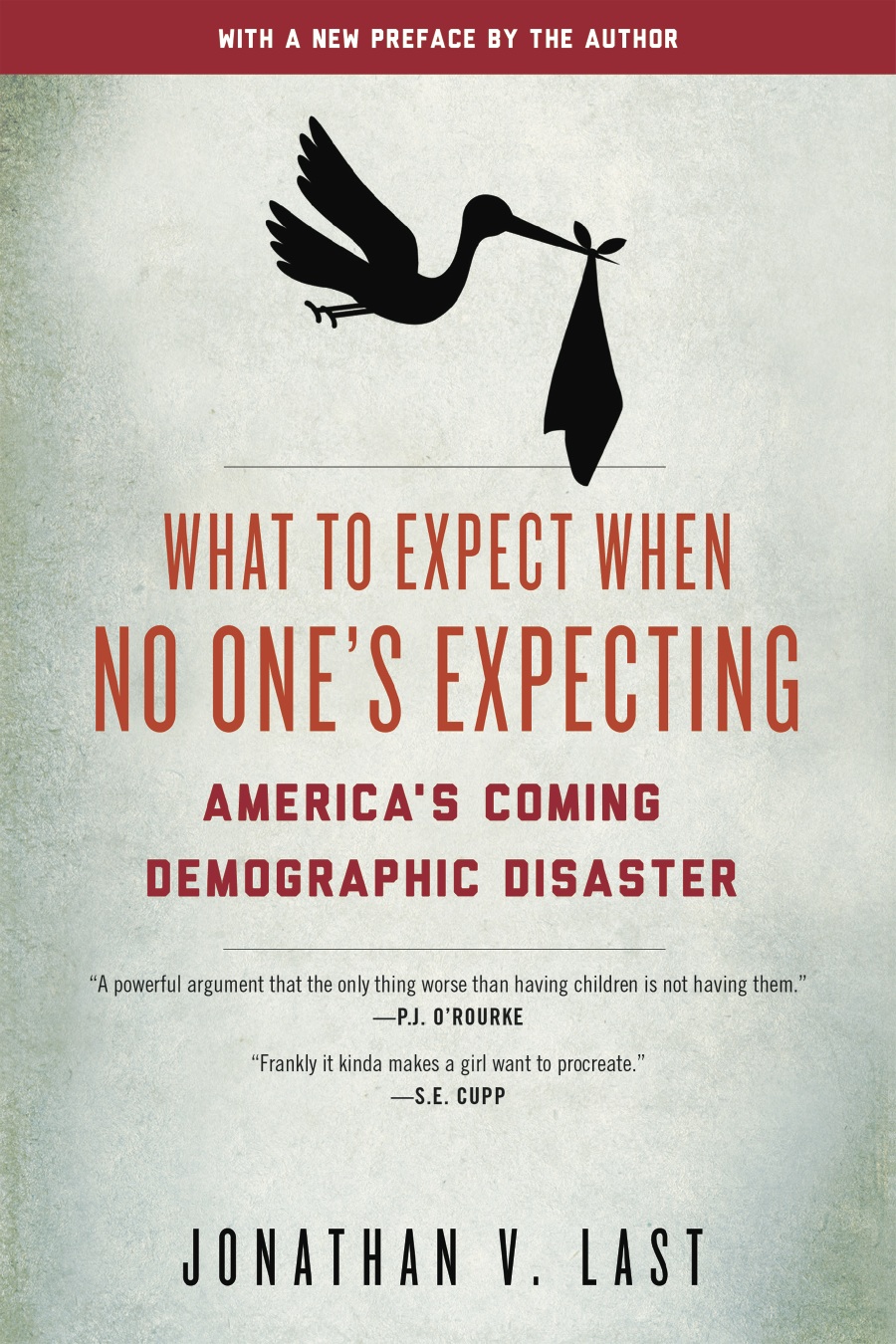August 8th, 2011
WRM has a very carefully constructed piece up about race in America. It’s a good essay and I hope it’s not reductionist to sum it up as saying something like this: There’s lots of anti-white violence being committed by young black people this summer and it may (or may not) mean something larger, but it risks a backlash from white America.
Again, that’s just a crude summary and WRM is worth reading in full.
One data point I’d very much like to see him incorporate into his thesis is Obama’s share of the white vote in 2008, both in the primaries and in the general election. In the general election, his share of the white vote in a given district corresponded negatively with black population. Which is to say, the more black voters in a district, the lower Obama’s percentage of the white vote. The data on this for the general election was put together by Todd Donovan at Western Washington University.
I suppose the natural explanation for this would be the endemic racism of McCain voters. Except that this was pretty much the pattern we saw with purely Democratic electorates in the primaries. Obama would clean up among whites in areas where there were no black voters, but lose whites in racially mixed areas. I haven’t seen an academic work-up on this (though one may be out there), but it was the elephant in the room during the ’08 primary season. Totally unmentionable.
I’m not sure what it means. It’s entirely possible that it means nothing at all–that the differences are explicable by other cross-tabs (say, that the voters in all-white Democratic precincts tended to be young voters, Ph.D. voters, and wealthy voters–groups Obama did great with everywhere).
But it seems interesting enough to pick up and at least examine a bit. I’d love to know what Prof. Mead makes of it.
-
I found an article on this in PRQ but it’s gated. Long story short, the effect is there and it’s robust to introducing the obvious controls (education, South/non-South, etc). Also worth noting, the effect is nearly linear to black share of the population showing only minimally diminishing returns.
-
GFJE,
The PRQ paper controls for the additive effect of the individual voter being Latino but doesn’t test whether the number of black people in the Congressional district affects Anglos and Latinos differently. That is, if you think of a slope-intercept line for Anglos and a slope-intercept line for Latinos where the X-axis is % black and Y-axis is log-odds of voting for Obama, the model allows for the intercepts of these lines to be different but is constraining them to have the same slope.
-
I read his post yesterday and found it underwhelming. It has some of the defects of “politics of meaning” journalism–we can’t sketch the constellation of forces so let’s focus on something obvious and insoluble like race. Then we’ll never run out of things to fight about.
The Carolinas and upper New England are both older, snootier regions of the country, and Obama goes over huge with the local Democrats. Otherwise they’re really different; if DeMint and Sanders were swapped through an interleague trade they’d do poorly on their new teams. While Vermont has stayed as stable as Switzerland, southeastern South Carolina has been a punching bag for global finance, immigration, federal viziers, disruptive tech in agribusiness, hurricanes, etc. The latter’s racial diversity and former’s lack thereof is a single correlated factor, albeit an important one. Making this the point of contention is backwards but of course great for interminable blogging and fundraising. Good luck convincing the CBC that lowering the minimum wage or enforcing deportation will benefit the Black Belt.
Mead’s best point was that ignoring the race element of these incidents was lose-lose: it doesn’t assist the urban underclass in any real way, and non-elite whites get offended in the bargain. Plus both of them catch the nervous scent coming off the NYT.







Galley Friend J.E. August 8, 2011 at 12:40 pm
One explanation (and I can think of four others) is that “Hispanics” were counted as white.